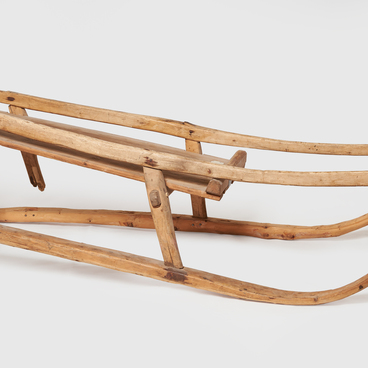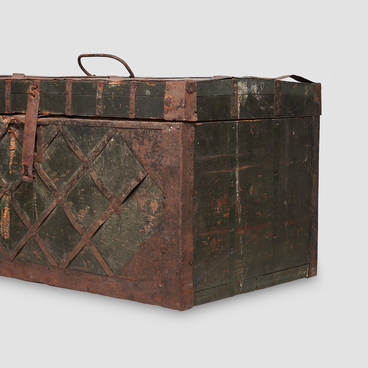A mortar and pestle are a set of two tools that are considered some of the oldest types of man-made household utensils; the history of the mortar begins 8,000 years BCE. The Russian word for a mortar — “stupa” — derives from the verb “stupat” (“to stomp, to step over”). The etymology reveals the purpose of the mortar: the pestle “stomps” on the bottom of the mortar, grinding grains, crackers and other ingredients.
Nowadays mortars are made of various materials: cast iron, marble, granite, glass, porcelain, copper, brass, and wood. In the olden days, the most common material was a birch or aspen trunk, which was given the shape of a cylinder or cone. The inner space of the vessel was rounded and not polished so that the pestle would not slip off. There are hand-operated (table) and mill-type (floor) mortars. A pestle is a heavy stick with rounded ends and a narrower midsection.
Large farms kept several types of stupas used for different products: the tallest ones were intended for crushing canvas (80 centimeters), potatoes (70 centimeters), grains (60–70 centimeters); smaller ones were used for hemp and linseed (37 centimeters), as well as salt (25 centimeters); spices and tobacco were ground in the smallest ones. The “Concise Encyclopedia of Household Management” (USSR) recommends, in accordance with ancient traditions, to place “the product into the mortar… in a thin layer, otherwise a ‘pillow’ is formed that will limit the effectiveness of the pestle.”
The substance in a mortar is processed by pounding and grounding. In the first case, the raw ingredients are crushed with strong short pounds of the pestle, from top to bottom. In the second, they are pressed, with the rounded end of the pestle pressing down on the bottom and rolling against the mortar (it should not be rolled from side to side). Often, in order to achieve the best result, both methods are used sequentially.
By crushing, the product was not only ground, but also cleaned, as, for example, chaff was removed from grains. When it became clear that most of the husks had separated, millet or buckwheat was poured into other dishes, taken outside and winnowed, and then spread in a thin layer on a clean cloth. Then the grits were collected again in a bowl, washed and cooked. At one time, an amount needed for no more than a couple of weeks was processed: crushed grain was unsuitable for long-term storage.




